I am starting to learn OpenCV and Tesseract, and have trouble with what seems to be a very simple example.
Here is an image that I am trying to OCR, that reads "171 m":
I do some preprocessing. Since blue is the dominant color of the text, I extract the blue channel and apply simple thresholding.
img = cv2.imread('171_m.png')[y, x, 0]
_, thresh = cv2.threshold(img, 150, 255, cv2.THRESH_BINARY_INV)
The resulting image looks like this:
Then throw that into Tesseract, with psm 7 for single line:
text = pytesseract.image_to_string(thresh, config='--psm 7')
print(text)
>>> lim
I also tried to restrict possible characters, and it gets a bit better, but not quite.
text = pytesseract.image_to_string(thresh, config='--psm 7 -c tessedit_char_whitelist=1234567890m')
print(text)
>>> 17m
OpenCV v4.1.1.
Tesseract v5.0.0-alpha.20190708
Any help appreciated.




